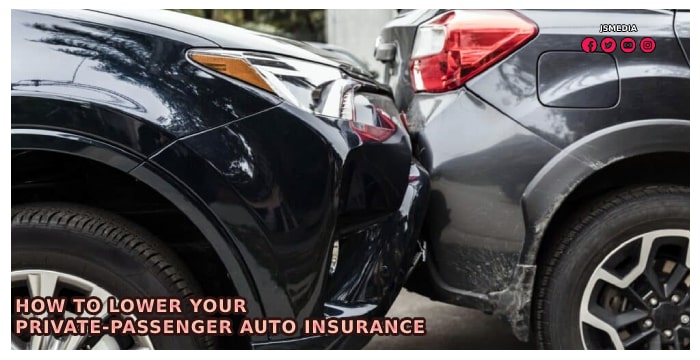JSMedia – Every private-passenger auto insurance policyholder has a unique risk profile. The higher the risk, the higher the premium. Drivers with a low risk profile are favored by insurance companies and are charged the lowest premiums. However, drivers who drive more than the recommended mileage will pay higher premiums. Below are some ways to reduce your risk profile. If you rarely use your car, consider using public transportation or starting a car pool. If you live in an area that does not require a car, consider walking to your destination instead of driving.
Insurance companies determine the risk of policyholders by analyzing historical accident and claim data. Each driver is given a risk profile based on their driving habits and the number of miles driven each year.
These statistics are then used to make premium adjustments and adjust the amount of coverage. The higher your risk profile, the higher your premiums will be. The lower your premiums, the lower your insurance premiums will be.
How to Lower Your Private-Passenger Auto Insurance, PolicyHolder Risk Profile

A private-passenger auto insurance policyholder risk profile enables insurance companies to assign a specific risk to each driver based on their history of driving history. It allows an insurer to estimate how much risk they are willing to take. The more claims a policyholder makes, the higher their premium will be. This is why it’s important to have a high risk profile to avoid being cheated on the premiums.
Developing a good driving history and lowering the risk profile is one of the best ways to lower your premiums. Taking a defensive driving course can help you learn defensive driving techniques and demonstrate your commitment to safe driving. Filing claims frequently is also a sign of a higher risk to the insurance company. The higher the claims, the higher the premiums. By limiting your claims, you can get cheaper premiums.
As a private-passenger auto insurance policyholder, you can lower your premiums by improving your driving record. Many insurers base their premiums on your driving history, but you can also lower your premium by taking a defensive driving course. By improving your defensive driving skills, you can lower your premiums and improve your risk profile. Increasing your risk profile will help you to drive more safely.
If you have a poor credit rating, you can try getting a better quote. By doing this, you can get a better deal from insurers. If your credit history is poor, you should contact your state insurance commissioner’s office. Usually, your state guarantees auto insurance policies to people with bad credit. In addition, you may be assigned to a government-run insurance program. If you have bad credit, you can get a good rate.
Some insurance companies offer individual policies to high risk drivers. In addition, many states require insurance companies to participate in high risk driver pools. These pools share the losses of insuring people with a low credit history. Although premiums are typically higher than average, high-risk drivers may still qualify for a low-cost policy. In some cases, the insurance company will even work with them. You should not forget to compare prices before making a final decision.
When choosing a private-passenger auto insurance policy, it is important to find a policy with the best coverage for your needs. Some of the top insurers offer comprehensive policies that protect your passengers and property. If you can afford more than the cheapest premiums, you can consider a comprehensive policy. It is a good idea to have a lower risk profile to reduce your premium.
A good way to save money on your private-passenger auto insurance is to keep your car insured. Having a good driving record will lower your insurance premiums. Another factor that can affect the cost of auto insurance is if you have a good credit history. If you have a good credit score, you will get a lower premium. But if you have a poor credit score, you can lower your premium.

